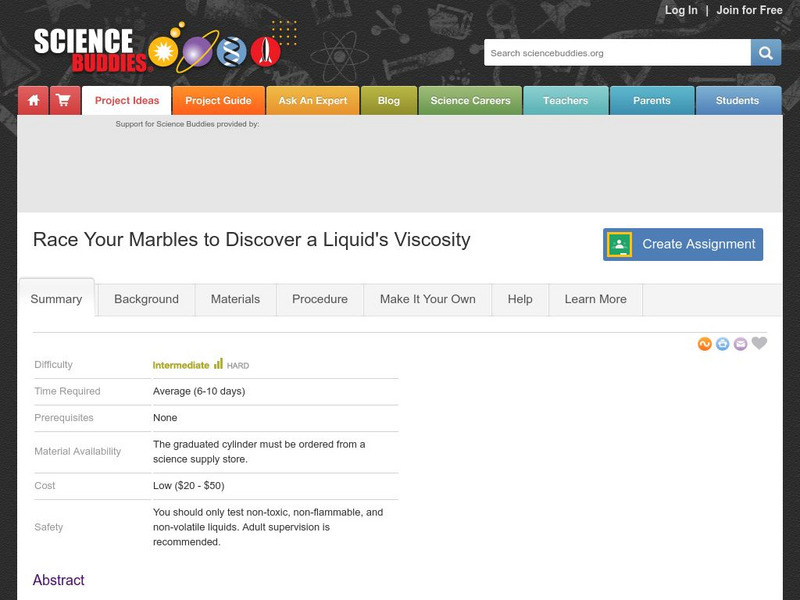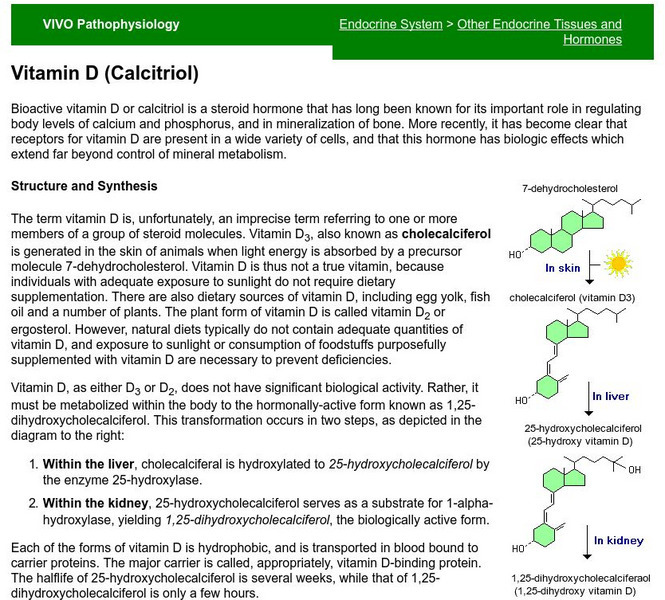Simon Fraser University
Chem1 Virtual Textbook: Enthalpy Diagrams
With an overview of topics related to chemical energetics, this site provides a foundation to a study of thermodynamics and its relation to enthalpy. Topics covered include bond enthalpies and bond energies, energy content of fuels,...
Exploratorium
Exploratorium: Bread Science
From Chinese baozi to Armenian lavash, bread comes in thousands of forms. Find out, on the most basic level, what chemistry ties them all together.
PBS
Pbs Learning Media: The Ruff Ruffman Show: Chocolate Mug Cake
Explore kitchen chemistry and make a chocolate mug cake in less than 5 minutes.
Science Buddies
Science Buddies: Race Your Marbles to Discover a Liquid's Viscosity
How do you like your mashed potatoes? Thin and whipped smooth? Or thick and mashed into chunks? Your mouth checks out not just the taste of your food, but its viscosity, or how it flows on your tongue, every time you take a bite. In this...
Other
University of Delaware: Chemosynthesis.
An explanation of how in the deep sea, where the sun's rays never reach, organisms make food from chemicals, a process called chemosynthesis.
Science Bob Pflugfelder
Science Bob: Homemade Slime!
Contains a procedure for creating slime -- a polymer formed by mixing water, borax, Elmer's glue, and food coloring. Following the procedure, the site contains a brief description of what polymers are.
Science Buddies
Science Buddies: When Science Is Sweet: Growing Rock Candy Crystals
Though rock candy seems to be a simple enough treat, it is also pretty interesting to make. Crystallized sugar that can be grown from a sugar-water solution is just how rock candy is made. In this experiment, you will learn to make your...
Science Buddies
Science Buddies: Do Oranges Lose or Gain Vitamin C After Being Picked?
Are oranges highest in vitamin C when they are fresh from the tree (or, in a pinch, the grocery shelf)? In this project you'll learn how to measure the amount of vitamin C in a solution using an iodine titration method.
Science Struck
Science Struck: Chemical Reactions in Everyday Life
Provides some common examples of chemical reactions, e.g., in respiration, rusting, and photosynthesis.
Colorado State University
Colorado State University: Vitamin D (Cholecalciferol, Calcitriol)
Learn how vitamin D is structured, synthesized and metabolized in the human body. Includes information on the health benefits of vitamin D and the effects of vitamin D deficiency.
Science Education Resource Center at Carleton College
Serc: Investigating Liquids: Color Changing Milk
For this chemistry lab, the students will investigate what happens to the liquids: milk and food coloring, when dish soap is placed on a Q-tip and then put into the solution.
TED Talks
Ted: Ted Ed: The Haber Process
Though it has increased food supply worldwide, the Haber process has taken an unforeseen toll on the environment. Daniel D. Dulek delves into the chemistry and consequences of this. [5:19]
Other popular searches
- 4th Grade Food Chemistry
- Food Chemistry Pdf
- Food Chemistry Quiz
- Food Chemistry Pancakes
- Food Chemistry Protein
- Food Chemistry Detection
- Food Chemistry Mcq
- Food Chemistry Pd
- Food Chemistry Cakes
- Food Chemistry Protien
- Food Chemistry Mc
- Food Chemistry Pancackes










